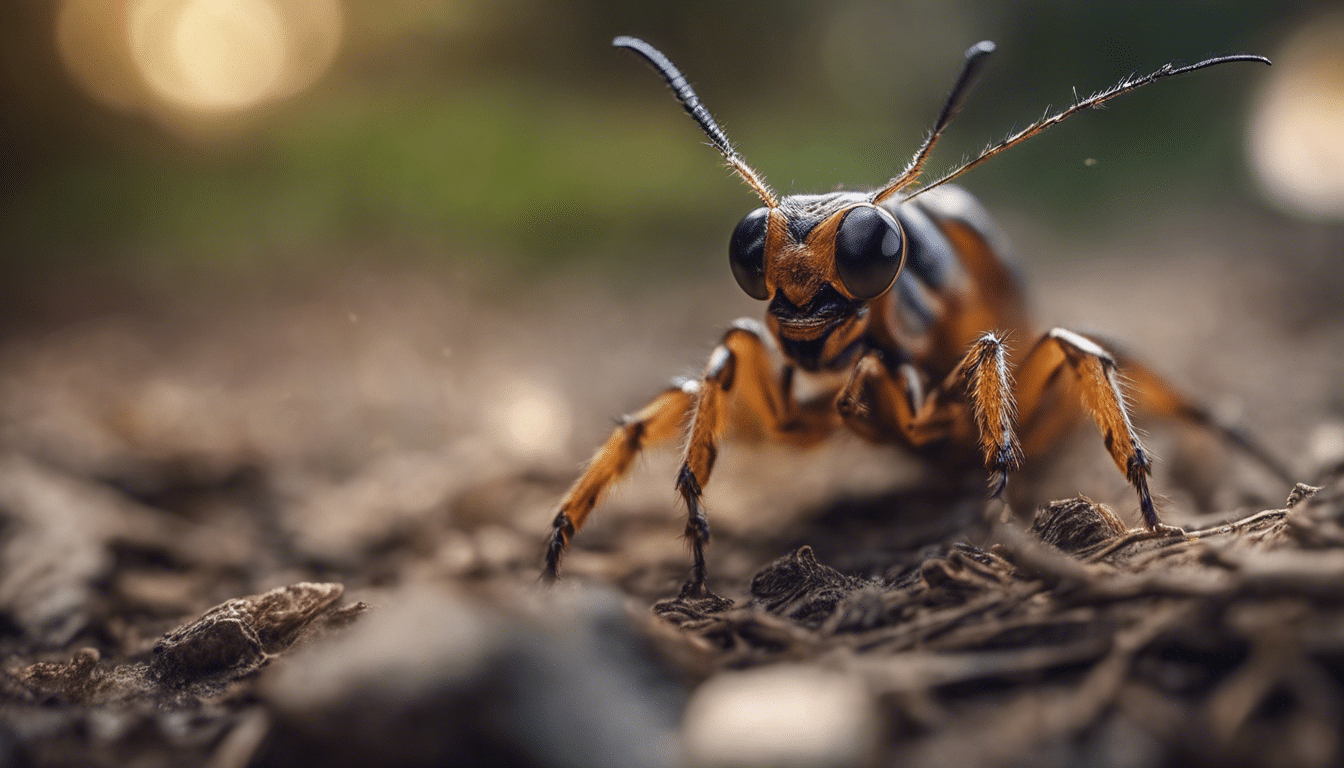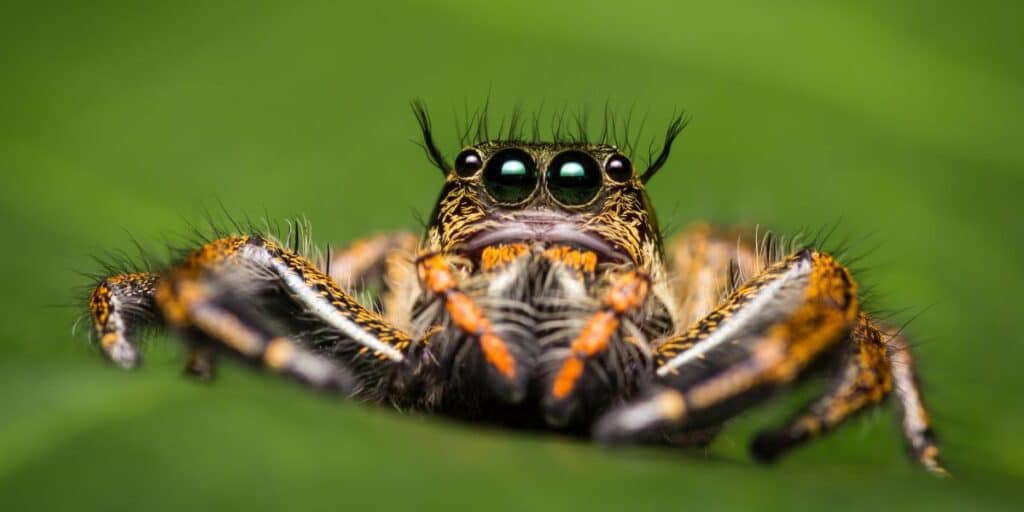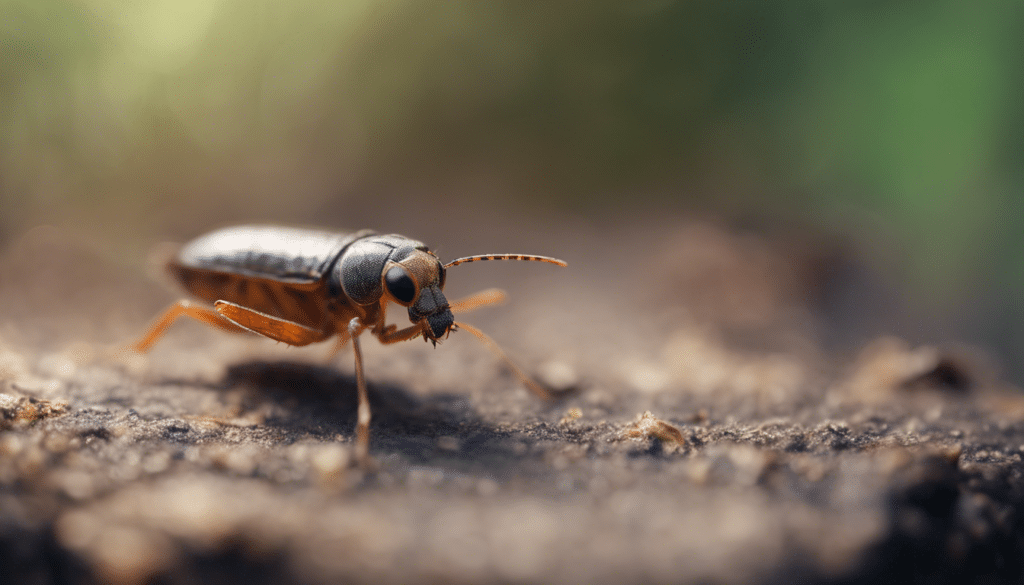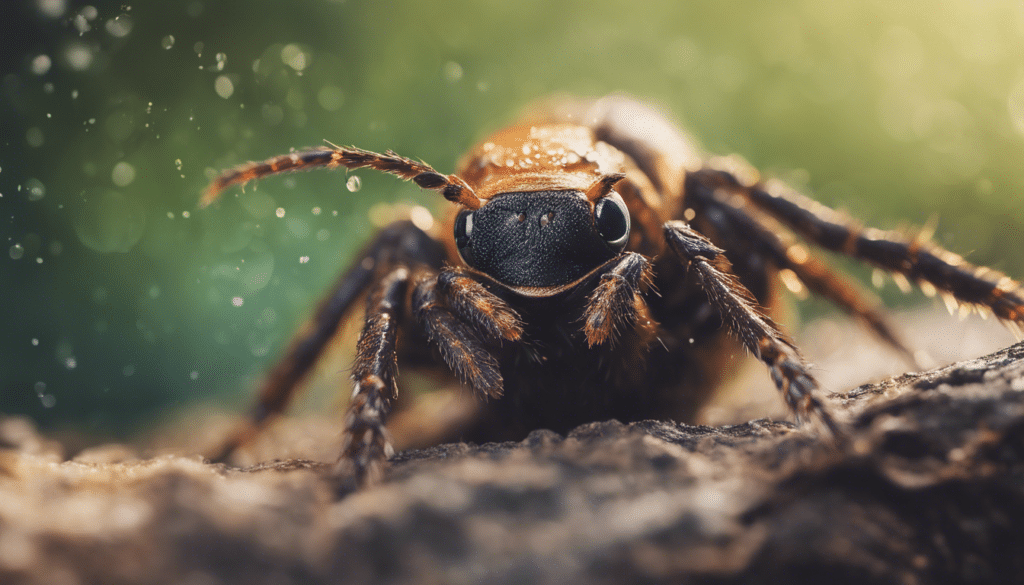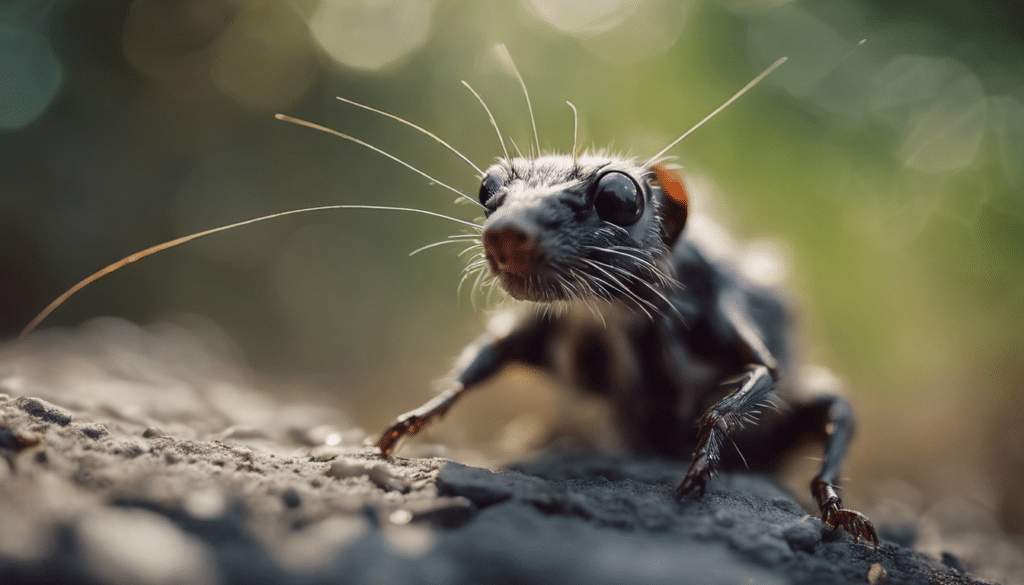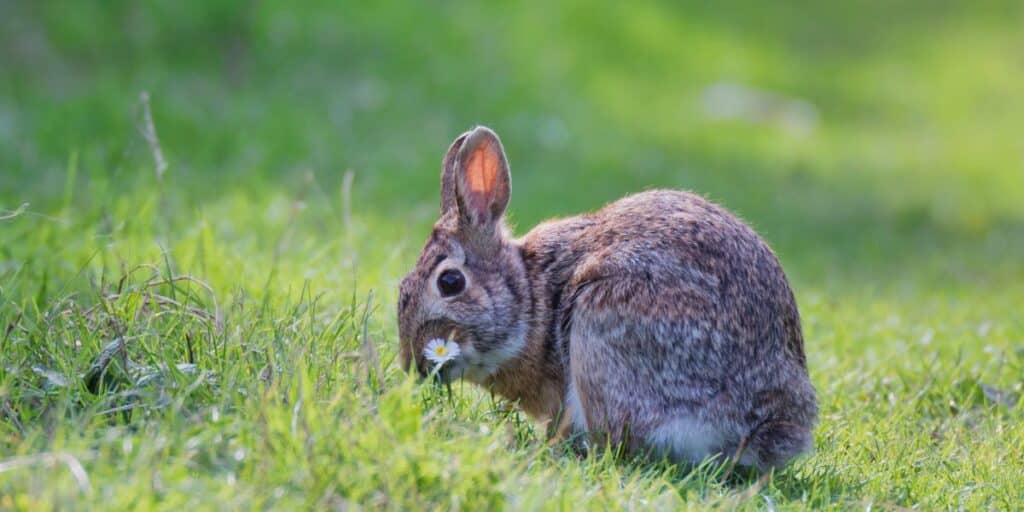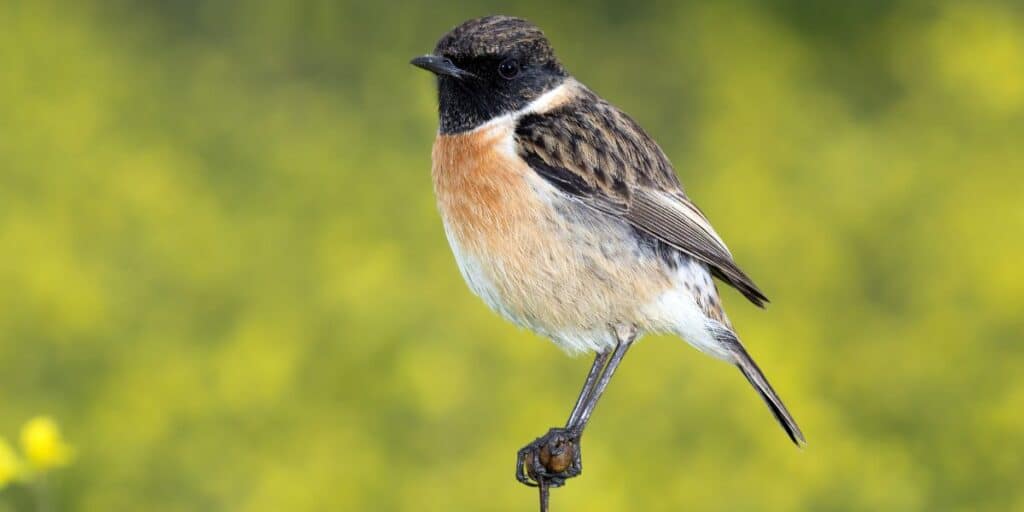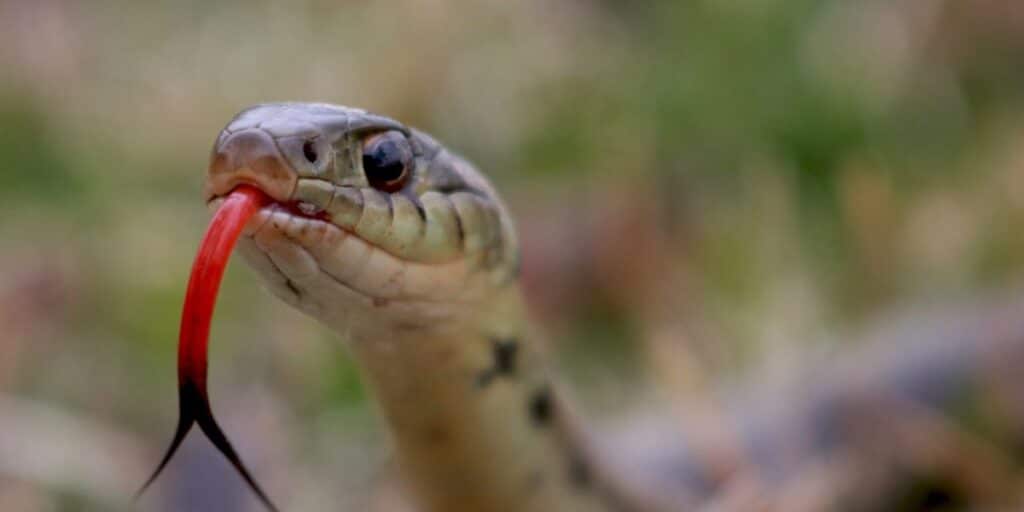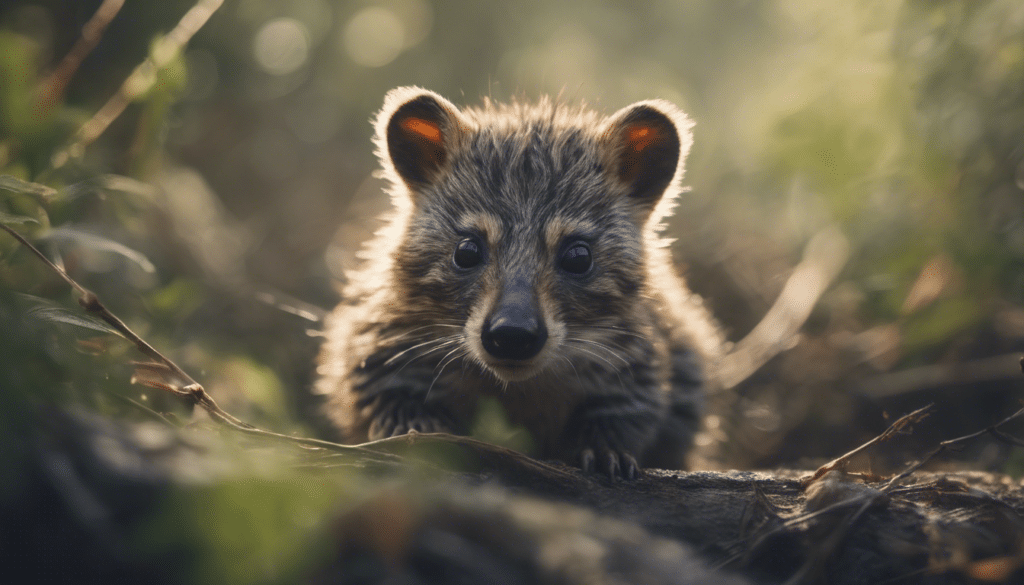Understanding the Diversity of Insects and Arachnids
Exploring the Intricate World of Insects
In the vast tapestry of the animal kingdom, insects represent the most diverse and populous segment, featuring millions of described species with countless others yet to be discovered. As minute architects of the ecosystem, these tiny creatures play pivotal roles, from pollination to the provision of a food source for other wildlife. Studying their varied life cycles, behaviors, and unique adaptations offers a window into their contribution to ecological balance.
A visit to any environment, be it a bustling city park or a quiet forest grove, will reveal an array of insects engaging in their daily activities. A closer look uncovers the complexity in even the smallest of their actions. Bees orchestrating their dances to communicate flower locations, ants constructing extensive underground colonies, or brilliantly colored beetles defending their territory are but a few examples illustrating the dynamic insect world.
Arachnids: Masters of Predation and Silk
While often mistaken for insects, arachnids form a distinct class within the arthropod phylum. Characterized by their eight legs, arachnids include well-known members such as spiders, scorpions, ticks, and mites. Their specialized feeding strategies and reproductive behaviors are fascinating subjects for wildlife enthusiasts. Spiders, for example, display an extraordinary diversity of hunting techniques, from weaving elaborate webs to ambush predation.
The pinnacle of arachnid engineering is undoubtedly the spider web. These silk structures are not just hunting tools but also nurseries and homes. Decoding the variety of webs, from the classic spiraled orb webs to the chaotic tangles spun by cobweb spiders, gives insights into the diversity that thrives in various ecosystems. Additionally, arachnids like scorpions provide clues to evolutionary history and adaptation through their venom and unique courtship dances.
Conservation Implications of Insect and Arachnid Diversity
The immense biodiversity of insects and arachnids has far-reaching implications for conservation. With their critical roles in pollination, decomposition, and as a food source for other species, they are essential to ecosystem health. However, habitat destruction, pollution, and climate change pose significant threats to their survival. Efforts to protect these small yet vitally important animals are integral to maintaining the rich tapestry of wildlife.
For those devoted to wildlife conservation, understanding the complex interactions between these creatures and their habitats is essential. Initiatives such as creating insect-friendly gardens, reducing pesticide use, and participating in citizen science projects to monitor populations can have profound effects on their protection. Documenting and preserving the natural behaviors, life cycles, and habitats of these species contribute substantially to efforts aimed at maintaining biodiversity and ecological integrity.
Embarking on a Journey of Discovery
Embracing the study of insects and arachnids is to embark on an endless journey of discovery. Wildlife biologists and enthusiasts alike can delve into the minutiae of their worlds, uncovering the beauty and complexity of creatures often overlooked. Each observation, whether it’s of a butterfly’s metamorphosis or a spider’s delicate web construction, adds to our understanding of these incredible beings and brings us one step closer to achieving harmonious coexistence with the rich diversity of wildlife on our planet.
It’s through the meticulous study and appreciation of every strand in nature’s web that we can fully grasp the importance of insects and arachnids. By ensuring their protection and continuity, we secure a future not just for them, but for the entire web of life that depends on their existence.
Roles and Impact of Small Animals on Ecosystems
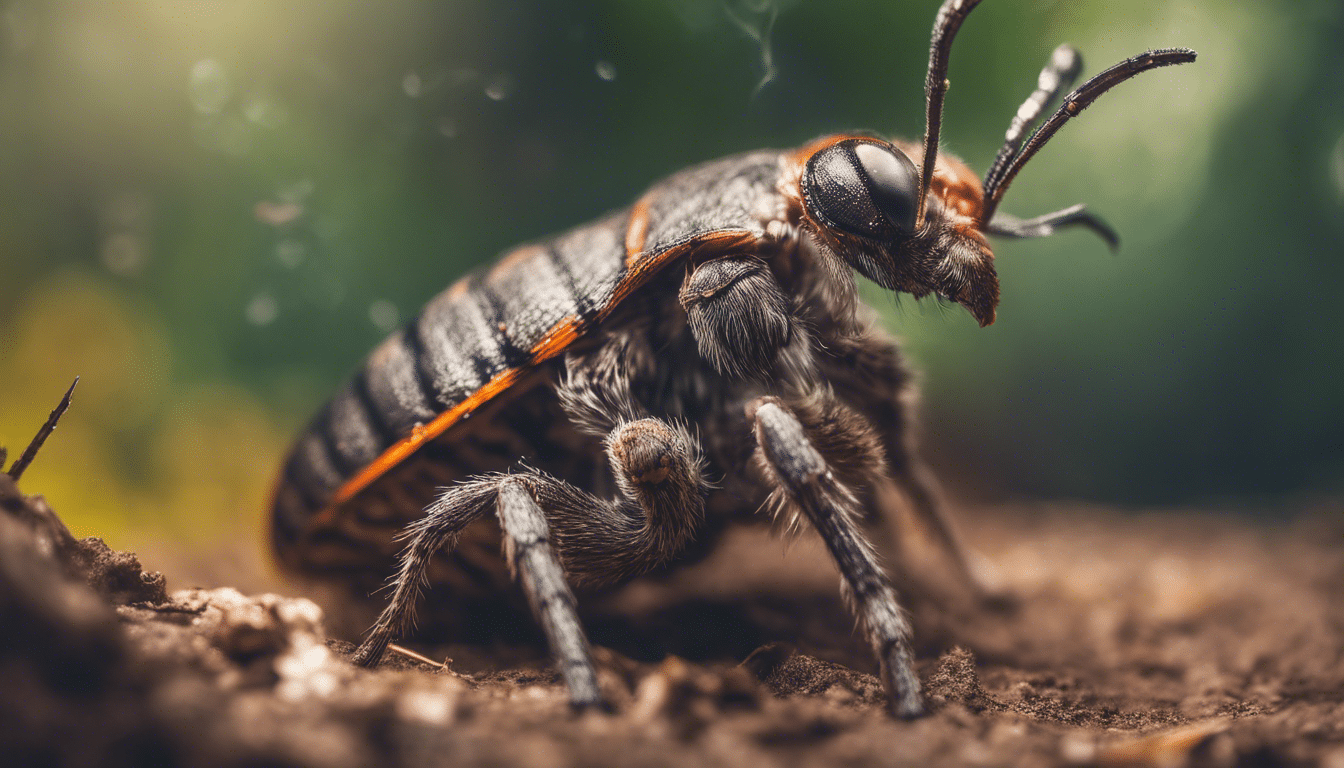
When exploring the vast tapestry of life that forms our planet’s ecosystems, the roles of small animals are often overshadowed by the more noticeable presence of their larger counterparts. However, these diminutive creatures are the unsung heroes, often serving as the cornerstone upon which the stability of habitats is balanced. Small animals such as rodents, insects, amphibians, and birds perform a myriad of tasks vital to the maintenance, propagation, and overall health of ecosystems worldwide.
Seed Dispersal and Pollination
Among the essential roles played by small animals are seed dispersal and pollination. Various species of birds, bats, and small mammals consume fruits and nuts, later excreting the seeds at considerable distances from the parent plants. Rodents are known to stash seeds and nuts, inadvertently aiding in the propagation of plant species that are crucial to their habitat’s diversity. Insects, particularly bees and butterflies, are paramount pollinators, ensuring the reproduction of numerous plant species — an integral component of healthy ecosystems.
Pest Control and Nutrient Recycling
Small predators, including shrews, lizards, and frogs, act as natural pest controllers, regulating the populations of insects and other invertebrates. This control is vital to preventing overpopulation and the potential devastation of crops and native flora. Simultaneously, the consumption of these small animals by larger predators is a fundamental aspect of the food chain, contributing to the balance of the ecosystem. Moreover, the decomposition of small animals after death plays a significant role in nutrient recycling, enriching the soil and promoting plant growth.
Ecosystem Engineers
Some small species are recognized as ecosystem engineers due to their ability to modify their environments substantially. Beavers, with their dam-building activities, create wetlands that serve as vital habitats for various species. Similarly, the burrowing actions of animals like prairie dogs and rabbits can aerate and improve soil quality, aiding plant growth and creating microhabitats for other organisms.
Indicators of Ecosystem Health
Acting as indicators of ecosystem health, many small species’ presence and behaviors can offer clues about the state of their environment. The diversity and numbers of amphibians, for instance, are telling indicators of water quality, while changes in bird migration patterns can signal alterations in climate or habitat quality. Monitoring these species provides valuable insights into the broader impacts of environmental changes or human activities on natural habitats.
Conservation Efforts and Challenges
Despite their significance, small animals face numerous threats, including habitat destruction, pollution, invasive species, and climate change. Conservation efforts are paramount and entail the preservation of habitats, legal protection for vulnerable species, and public education on the importance of biodiversity.
In sum, small animals play vital roles in ecosystem dynamics, from pollination and seed dispersal to pest control and soil enrichment. Protecting these creatures and understanding their impacts on the environment is crucial for maintaining the complexity and resilience of our planet’s ecosystems.
Life Cycles and Behaviors of Insects and Arachnids
The Intricate Life Cycles of Insects
The life cycles of insects are remarkable journeys that encapsulate transformation and adaptation. One common pattern observed within the insect world is the process of metamorphosis. Primarily, there are two types: complete and incomplete metamorphosis. Complete metamorphosis consists of four stages: egg, larva, pupa, and adult. Insects such as butterflies and beetles undergo this process, emerging from their pupal stage as radically different adults, optimized for reproduction and dispersal. Conversely, incomplete metamorphosis involves a three-stage progression: egg, nymph, and adult. Here, insects like grasshoppers develop through successive molts, each time becoming more similar to the adult form.
Behavioral Adaptations of Insects
Insects display a myriad of behavioral adaptations that aid their survival and reproduction. Social insects, such as bees and ants, exhibit complex behaviors within a structured colony, optimizing roles from foraging to defense. Communication is key, often involving the use of pheromones to signal alerts or readiness to mate. Many insects also exhibit diurnal or nocturnal patterns, aligning their activity to the time of day best suited for accessing resources or avoiding predators.
Arachnids: A Life Governed by Silk and Venom
Arachnids, a class of joint-legged invertebrate animals that includes spiders, scorpions, and ticks, present unique life cycles and behaviors. Spiders, well-known arachnids, have life cycles that can vary from one to many years depending on the species. Their behavior is often centered around the use of silk for creating webs to catch prey or for reproduction when crafting egg sacs. Venom is another defining characteristic, employed effectively by many arachnids as a means to subdue prey or deter predators.
Intricate Courtship and Mating Rituals
Insects and arachnids alike engage in intricate courtship and mating rituals. Fireflies use bioluminescence to attract mates, while many spider species perform complex dances to woo potential partners without triggering their predatory instincts. Such behaviors not only ensure the continuation of their species but also lay the groundwork for offspring success through the strategic choosing of healthy and strong mates.
Seasonal Behaviors and Migration
Particularly remarkable is the seasonal behavior observed in certain insect species. Monarch butterflies, for example, undertake a mass migration spanning several generations, driven by seasonal changes and instinctual behavior coded deeply within their DNA. This ensures population survival as they move to environments more conducive to their lifecycle stages at different times of the year.
Interaction with Ecosystems
The presence of insects and arachnids within an environment is pivotal to the health of ecosystems worldwide. As pollinators, decomposers, and sources of food for other wildlife, they play essential and multi-faceted roles. These interactions highlight the interconnected nature of ecosystems and the importance of conserving the delicate balance that sustains all forms of life.
Understanding the life cycles and behaviors of insects and arachnids contributes to the conservation efforts led by enthusiasts and professionals alike. Knowledge of these fascinating creatures and their integral roles in nature not only broadens our appreciation but is also vital in informing practices to protect and ensure their persistence amidst changing environmental conditions.

